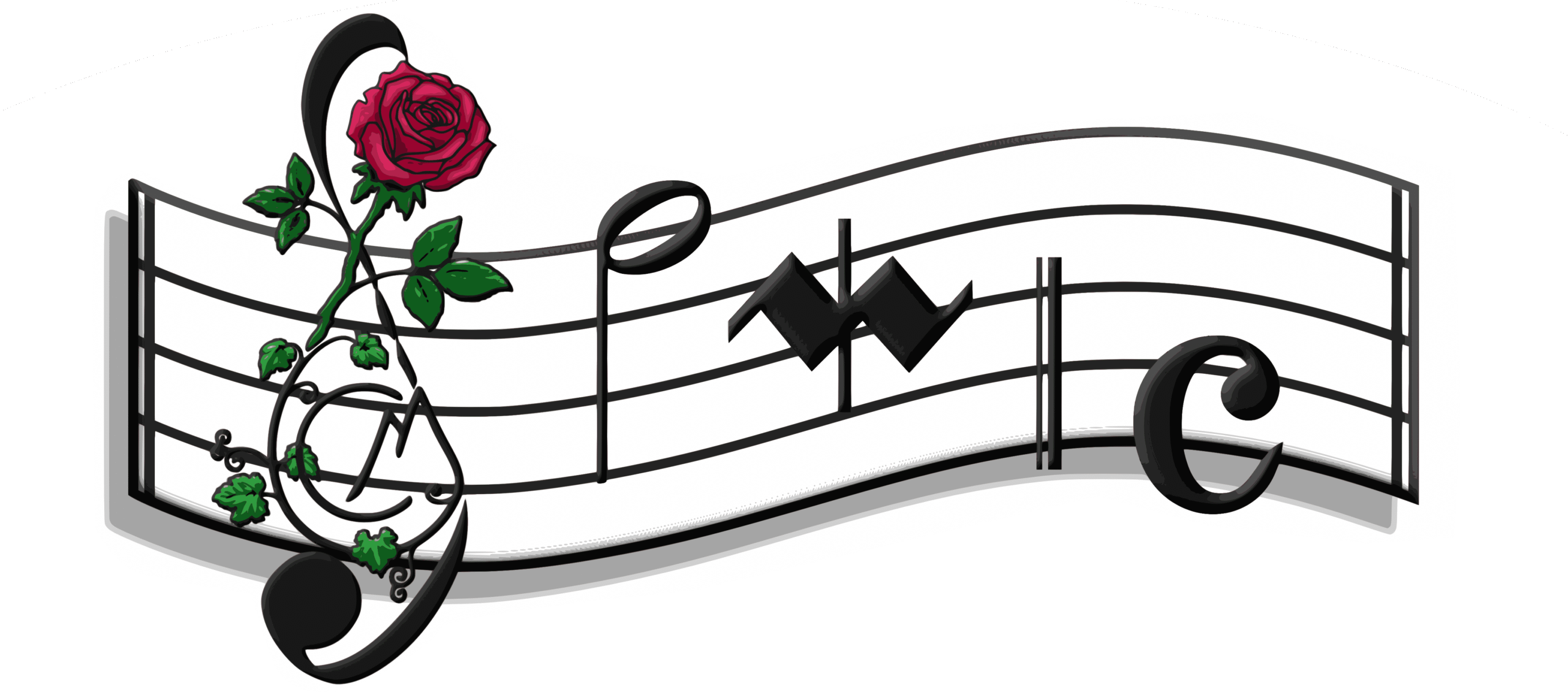We carry a lot, but our lead offering is clarinets. So many clarinets. Too many clarinets? We have or have had for our clients everything from the wee Eb clarinet to the D and C clarinet to the standard Bb and A, down to the basset horn in F, and on to the Bb bass clarinet (to low C). And our lead instrument manufacturer? Buffet Crampon et Cie., the 200-year old French marque that is the dominant voice of the North American professional clarinetist.

Do we just put everything in the catalog on the shelf?
Nope. Our first filter is focusing on the models that are commonly used in professional settings. We selectively include certain models that may have a greater audience in places like Europe and a few adherents here in the US and Canada.
How do we cultivate our inventory?
Selectively. As with everything else at PWIC, if we won’t play it, we won’t stock it. That doesn’t just go for brands and models. We recognize that, with few exceptions, there is variability in materials and manufacturing that introduces variations we have to account for in our inventory. Variation means choice, but not all choices are good ones. In the case of instruments, we select what we make available based on several important criteria:
- Is the instrument a good and faithful example of the instrument’s design? If the instrument doesn’t adhere to tight tolerances to the manufacturer’s specifications, it is eliminated. In some cases that could be numerical, like the entry and exit apertures of the components of the instrument. It could be quality assurance, like for the materials including wood and metal components or finish quality for the bore and tone holes. And it could be performance characteristics like fidelity of the tuned scale to the acoustic design of the instrument/model (every instrument unavoidably has its idiosyncrasies that emerge from the compromises necessary to build and voice a wind instrument, so our question is whether those idiosyncrasies are peculiar to the model in general or the specific instrument).
- Does the instrument provide sonic attributes that represent PWIC’s ideals? We are looking for an instrument that has a rich, singing, complex, well structured tonal profile that is coherent across the instrument and provides sufficient raw material for the accomplished player to shape into that artist’s own voice. We like instruments that provide a density of sound that will carry to the back of a hall without being too piercing or glassy and also not too spread and covered. We don’t want instruments that sound “messy” where complexity trumps definition, but we think about the sound of an instrument in sculptors’ terms — we like to start with a quality chunk of marble that can be chiseled away to reveal the statue, because it is impossible to add rock.
- Does the instrument have sufficient resistance to give the artist something to push against? There is a difference between what we consider constructive resistance and congestion or stuffiness. A wind instrument without adequate resistance can result in messy articulation, intonation issues, an inconsistent scale and a poorly structured tone. Within what we consider the zone of constructive resistance there is room for variability according to players’ tastes and we account for that to give our clients choices.
Who is “we”?
“We” is the PWIC team, particularly Mark, but “we” is also our consulting artists.
To learn more about our principal instrument offerings, click among the following links:
